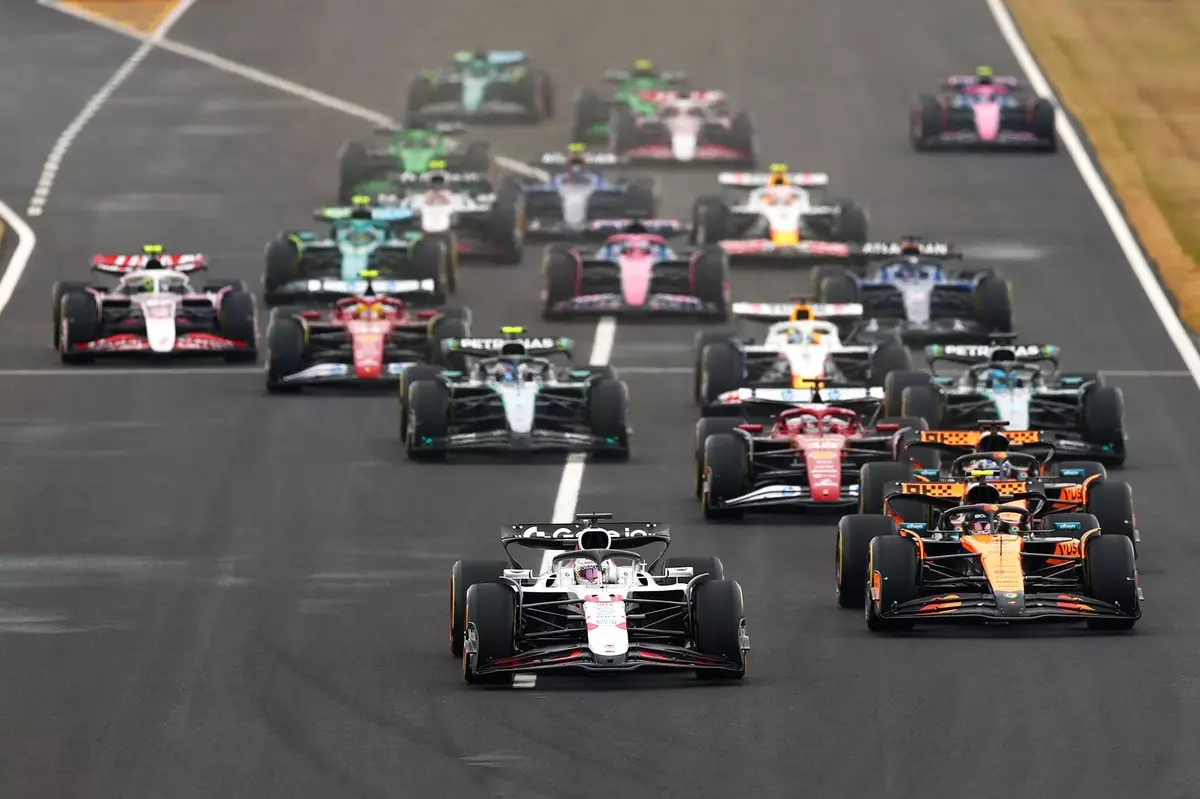In a pursuit of balance and competitiveness in Formula 1 (F1), a gathering of power unit manufacturers convened for a crucial roundtable discussion in Bahrain. The backdrop of this meeting is palpable: the specter of Mercedes’ overwhelming dominance in 2014 still haunts teams and fans alike. Organizing such talks signifies an essential step towards preventing a repeat of that season’s stark inequities. The stakes are high as F1 prepares for the impending 2026 hybrid engine regulations, a roadmap that must reflect the collective vision of manufacturers, including the recently welcomed Cadillac.
The meeting, led by FIA President Mohammed Ben Sulayem, sought to create a platform for open dialogue about anticipated engine rules and the unified future of F1. What’s interesting is the proposal of reintroducing V10 engines—a bold idea that demonstrates a desire to reimagine F1 while respecting the technological advances that have come with hybrid formulas. The participation of notable figures, including Audi’s Gernot Dollner and Honda’s HRC President Koji Watanabe, highlights the concerted efforts to ensure every voice is represented in forging the future of this sport.
Voicing Concerns: A Diverging Path
The mere fact that Audi and Honda stood firm against any significant alterations to the groundwork of the 2026 engine rules demonstrates the high stakes involved. They signed up under a certain agreement of technological frameworks, and to pivot now could uproot strategies meticulously plotted for their entry into F1. The tepid response regarding the V10 engine conversation illustrates an industry navigating between nostalgia and innovation, effectively captured through Christian Horner’s pointed remarks about the need for convergence.
The climate of the meeting was characterized by candor and mutual respect, but that doesn’t obscure the real concern at heart—choosing a path that both enhances manufacturer engagement and ensures competitive balance on the track. With input from all parties, it becomes evident that establishing a timeline for engine evolution needs to reflect a consensus largely missing from the industry.
Racing Against Imbalance: Learning from History
Reflecting on past mistakes is imperative. The aftershocks of Mercedes’ power dominance in 2014 reverberate through the paddock as teams are cautioned against what performance divergence can occur after a major regulation change. Horner’s insight about the potential for historic performance gaps signals a real fear that the 2026 hybrid era, while promising, may yield similar disparities between teams unless significant steps are taken.
One dynamic under discussion is the potential removal of engine homologation restrictions in favor of allowing upgrades on the fly, all while staying within the bounds of the budget cap. This oversight could encourage teams to innovate and react, leading to a more competitive environment. The traditional model of implementing static engine specifications stifles creativity and stops the innovations mid-race, a concern echoed by several manufacturers.
F1 fans crave edge-of-the-seat racing, but for that to happen, competitors need a fair playing field, one that nurtures rivalry rather than entrenches dominance. The roadmap to true competitiveness hinges on not just regulatory structures, but also on fostering a culture of collaboration amid rivalry among engine manufacturers.
The Path Forward: A Collaborative Vision
As F1 anticipates a plethora of changes, there lies an inherent challenge in aligning the visions of disparate stakeholders. While the prospect of an interim revision of engine regulations before the agreed-upon 2031 end date seems far-fetched, it becomes a conversation starter about necessary evolution.
The push for collaborative feedback mechanisms that facilitate timely and equitable changes in engine design during the season indicates a maturation of F1’s operational philosophy. Driving towards a common goal of sensational racing while maintaining the integrity of technical innovation could change the sport irrevocably. The graphs of speed, performance, and indeed glory should not be reserved for one entity alone.
F1 is at a critical juncture where today’s decisions will echo long into the sport’s future. Manufacturers must transcend rivalries to forge alliances that ensure the spirit of competition thrives. The challenge ahead may be formidable, but each meeting, conversation, and degree of feedback inches Formula 1 closer to a balanced future. If realized, this vision could transform the sport, ensuring thrilling races and dynamic competition for all teams involved.

